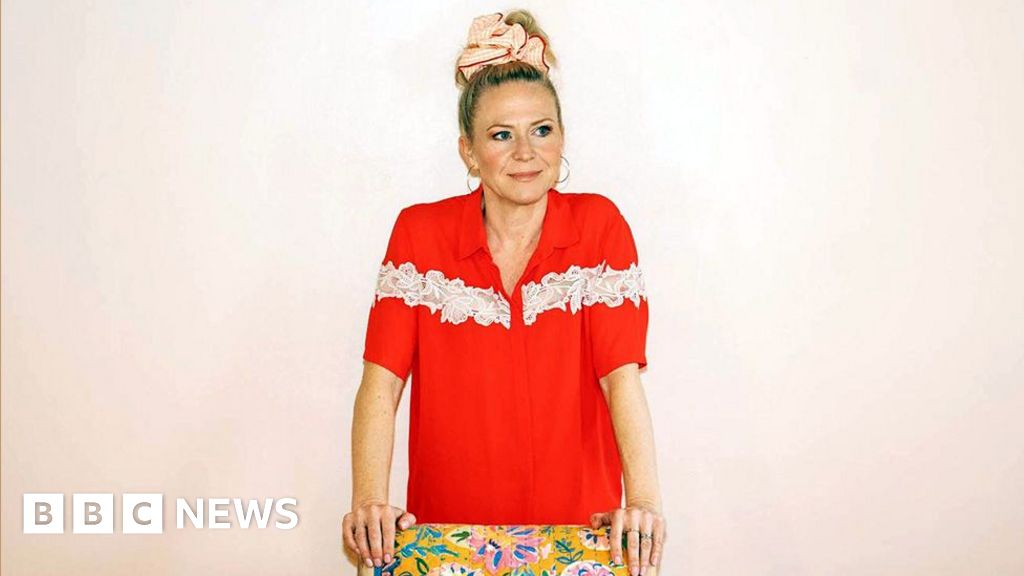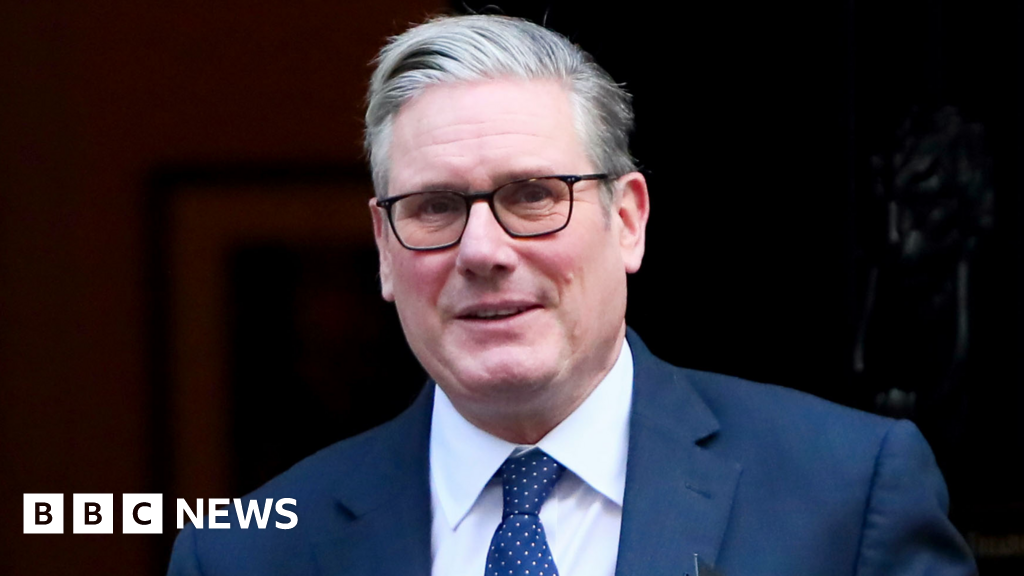NS&I increases interest rates across a range of accounts in boost for savers - full list of 'higher rates'
Savers have been handed a major boost as National Savings & Investments (NS&I) reintroduces its full range of British Savings Bonds.It’s the first time since 2010 that all four terms have been on sale together.The move marks a significant return for the full suite of British Savings Bonds, which are available as both Guaranteed Growth Bonds and Guaranteed Income Bonds. NS&I says the relaunch is aimed at giving savers more choice amid continued uncertainty in the economy. The reintroduction of all term lengths together has not been seen in over a decade. It follows growing demand from customers looking for secure, fixed-rate savings options in an uncertain market.Full rates of the new Issues of NS&I one, two, three and five-year British Savings Bonds One-year Growth Bond: Now offering 4.05 per cent gross/AER. Income option: 3.98 per cent gross / 4.05 per cent AER Two-year Growth Bond: Now offering four per cent gross/AER. Income option: 3.93 per cent gross / four per cent AER Three-year Growth Bond: Now offering 4.10 per cent gross/AER. Income option: 4.03 per cent gross / 4.10 per cent AER Five-year Growth Bond: Now offering 4.06 per cent gross/AER. Income option: 3.99 per cent gross / 4.06 per cent AERAndrew Westhead, NS&I Retail Director, said: "I'm pleased to announce the return of our one-year and five-year British Savings Bonds from today, alongside increased interest rates for our existing two-year and three-year fixed-term options."In today's changing market, I'm glad we can offer savers who are looking for guaranteed rates greater choice, safe in the knowledge that their savings are 100 per cent protected."Today’s changes will help us to meet our new Net Financing target while continuing to balance the interests of savers, taxpayers and the broader financial services sector."Laura Suter, director of personal finance at AJ Bell, welcomed the move but warned that NS&I’s rates still lag behind the market. "Savers are sacrificing returns for the safety and brand recognition of NS&I," she said. For example, the one-year NS&I bond now pays 4.05 per cent, compared to around 4.65 per cent from leading high-street accounts. That difference could cost someone with £25,000 in savings around £150 in lost interest over a year.Still, NS&I’s government backing and high deposit limit – up to £1 million per account – will appeal to wealthier savers looking for security. Unlike other banks, NS&I products are fully guaranteed by the Treasury, bypassing the usual £85,000 FSCS protection cap.Suter noted that despite the lower rates, the bonds could still prove popular: "When the one-year version of these bonds went on sale in late 2023, they sold out in five weeks, with more than a quarter of a million savers putting over £10bn in." However, she added that the current 4.05 per cent offering is “unlikely to trigger the same clamour” as the previous 6.2 per cent rate.Suter noted a rare but welcome trend: savings rates are creeping up while mortgage rates fall, driven by expectations of Bank of England cuts."Savings rates rising while mortgage rates are falling is the kind of dream situation we don’t see very often," she said. But she urged caution, adding: "We’re not talking about huge leaps in rates here."Moneyfacts data shows average one- and two-year bond rates rose just 0.03 percentage points between March and April.The relaunched British Savings Bonds now offer four fixed terms—one, two, three or five years—giving savers more choice to match their financial goals.All bonds are backed by HM Treasury, offering 100 per cent capital protection, with a £500 minimum and £1m maximum per person per issue. Funds can’t be withdrawn early, but savers can cash out or reinvest once the term ends.

Savers have been handed a major boost as National Savings & Investments (NS&I) reintroduces its full range of British Savings Bonds.
It’s the first time since 2010 that all four terms have been on sale together.
The move marks a significant return for the full suite of British Savings Bonds, which are available as both Guaranteed Growth Bonds and Guaranteed Income Bonds.
NS&I says the relaunch is aimed at giving savers more choice amid continued uncertainty in the economy.
The reintroduction of all term lengths together has not been seen in over a decade.
It follows growing demand from customers looking for secure, fixed-rate savings options in an uncertain market.

Full rates of the new Issues of NS&I one, two, three and five-year British Savings Bonds
"In today's changing market, I'm glad we can offer savers who are looking for guaranteed rates greater choice, safe in the knowledge that their savings are 100 per cent protected.
"Today’s changes will help us to meet our new Net Financing target while continuing to balance the interests of savers, taxpayers and the broader financial services sector."

Laura Suter, director of personal finance at AJ Bell, welcomed the move but warned that NS&I’s rates still lag behind the market. "Savers are sacrificing returns for the safety and brand recognition of NS&I," she said.
For example, the one-year NS&I bond now pays 4.05 per cent, compared to around 4.65 per cent from leading high-street accounts. That difference could cost someone with £25,000 in savings around £150 in lost interest over a year.
Still, NS&I’s government backing and high deposit limit – up to £1 million per account – will appeal to wealthier savers looking for security. Unlike other banks, NS&I products are fully guaranteed by the Treasury, bypassing the usual £85,000 FSCS protection cap.
Suter noted that despite the lower rates, the bonds could still prove popular: "When the one-year version of these bonds went on sale in late 2023, they sold out in five weeks, with more than a quarter of a million savers putting over £10bn in."
However, she added that the current 4.05 per cent offering is “unlikely to trigger the same clamour” as the previous 6.2 per cent rate.

Suter noted a rare but welcome trend: savings rates are creeping up while mortgage rates fall, driven by expectations of Bank of England cuts.
"Savings rates rising while mortgage rates are falling is the kind of dream situation we don’t see very often," she said.
But she urged caution, adding: "We’re not talking about huge leaps in rates here."
Moneyfacts data shows average one- and two-year bond rates rose just 0.03 percentage points between March and April.
The relaunched British Savings Bonds now offer four fixed terms—one, two, three or five years—giving savers more choice to match their financial goals.
All bonds are backed by HM Treasury, offering 100 per cent capital protection, with a £500 minimum and £1m maximum per person per issue. Funds can’t be withdrawn early, but savers can cash out or reinvest once the term ends.







































